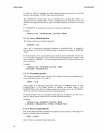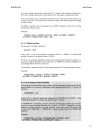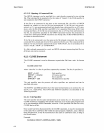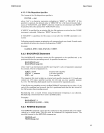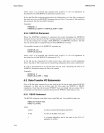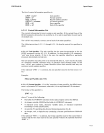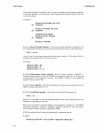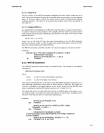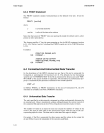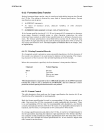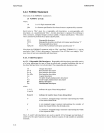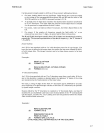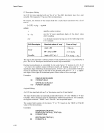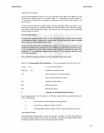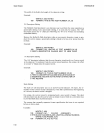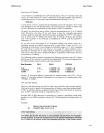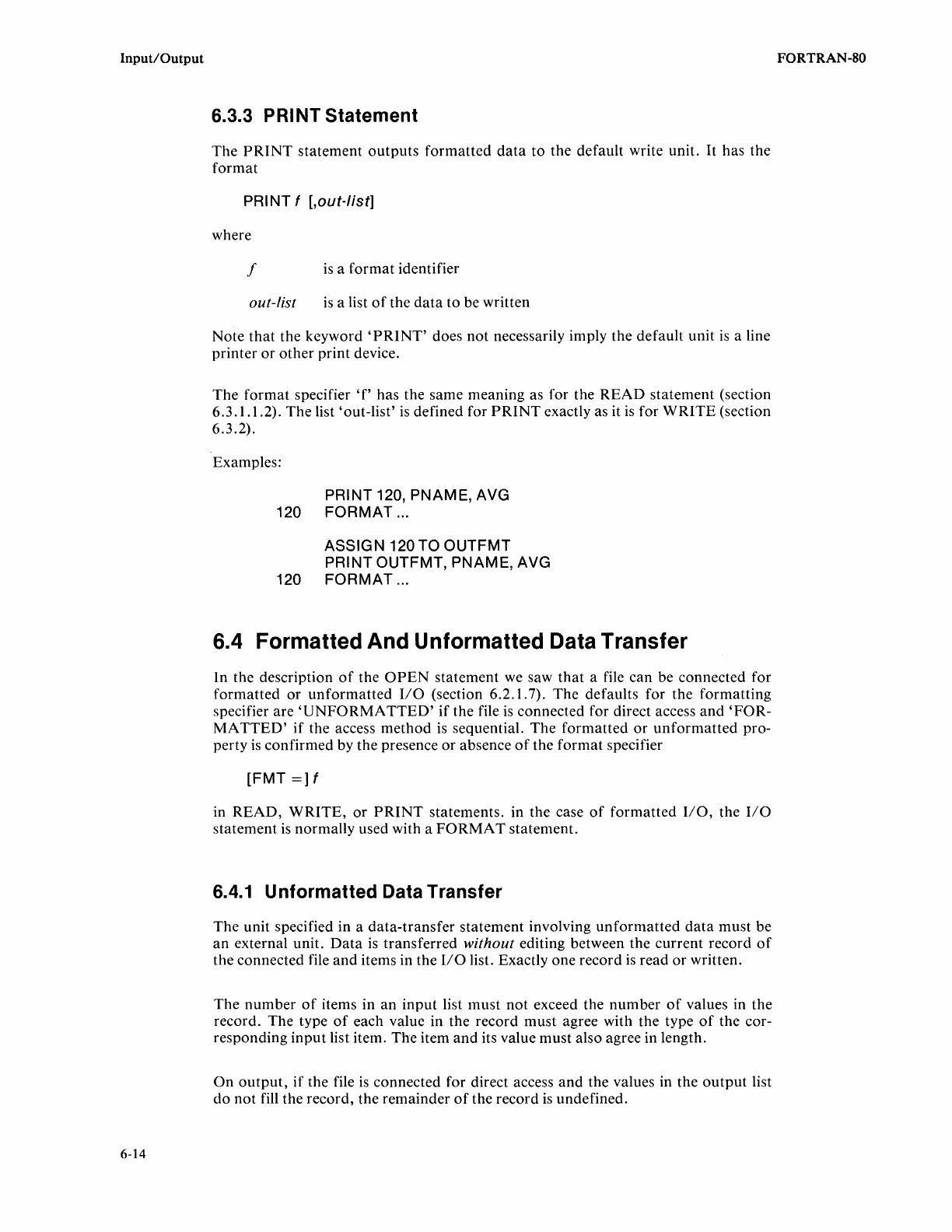
Input/Output
6-14
6.3.3 PRINT Statement
The
PRINT
statement
outputs
formatted
data
to
the default write unit.
It
has the
format
PRI
NT f
[,out-list]
where
f
is
a
format
identifier
out-list
is
a list
of
the
data
to be written
Note
that
the keyword
'PRINT'
does not necessarily imply the default unit
is
a line
printer
or
other
print device.
The
format
specifier
'f'
has the same meaning as for the
READ
statement (section
6.3.1.1.2). The list 'out-list'
is
defined for
PRINT
exactly as it
is
for
WRITE
(section
6.3.2).
Examples:
PRINT 120, PNAME, AVG
120 FORMAT
...
ASSIG N 120 TO OUTFMT
PRINT OUTFMT,
PNAME, AVG
120 FORMAT
...
6.4 Formatted And Unformatted Data Transfer
In the description
of
the
OPEN
statement
we
saw
that
a file can be connected for
formatted
or
unformatted
I/O
(section 6.2.1.7). The defaults for the formatting
specifier are
'UNFORMATTED'
if
the file
is
connected for direct access
and
'FOR-
MATTED'
if the access method
is
sequential. The formatted
or
unformatted
pro-
perty
is
confirmed by the presence
or
absence
of
the
format
specifier
[FMT
=]
f
in READ,
WRITE,
or
PRINT
statements. in the case
of
formatted
110,
the
I/O
statement
is
normally used with a
FORMAT
statement.
6.4.1 Unformatted Data Transfer
The unit specified in a
data-transfer
statement involving
unformatted
data
must be
an
external unit.
Data
is
transferred without editing between the current record
of
the connected file and items in the
110
list. Exactly one record
is
read
or
written.
The
number
of
items in an input list must
not
exceed the number
of
values in the
record. The type
of
each value in the record must agree with the type
of
the cor-
responding
input
list item. The item
and
its value must also agree in length.
On
output,
if the file
is
connected for direct access
and
the values in the
output
list
do
not
fill the record, the remainder
of
the record
is
undefined.
FORTRAN-SO



